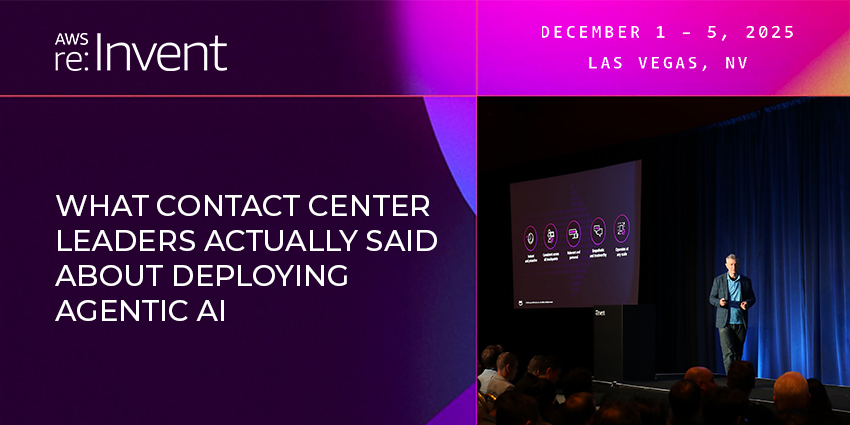The term “Your call is important to us” has never been more accurate.
Customer experience is currently the leading differentiator for businesses in all industries. Even if you sell the most innovative products at unbelievable prices, you won’t get far without the right customer experience strategy. That’s why businesses are beginning to think more carefully about the way that they design their contact centres.
The contact centre is the bridge between your consumer and your company. With the right contact centre tools, businesses can easily design an environment for their customers that’s efficient, agile, and even personalised to their needs. However, there is some assembly required if you want to create the ultimate contact centre today. In a world where customer preferences and demands are varied and diverse, one size doesn’t fit all.
Programmable contact centres are how companies can design their own ideal contact centre environment from scratch, building out channels that suit their target audience’s buyer journey, and implementing APIs with additional features that accelerate the path to customer success.
Understanding the Programmable Contact Centre
A programmable contact centre is essential a contact environment that gives your business complete control over the experience you give your audience. There’s no one-size-fits-all selection of programs and channels to deal with. Instead, you can instantly deploy the omni-channel contact centre platform that’s best suited to your needs. What’s more, you’ll have the freedom to customise every aspect of your investment, from the interface that your agents use to the communication channels available, agent routing strategies, and reporting plans.
Using things like open platforms and APIs, programmable contact centres ensure that today’s businesses aren’t limited in what they can do with their customer service. Essentially, you start with a basic foundation, then add on granular blocks and services based on what you know about your audience.
For instance, you can choose the:
- Channels: Omni-channel contact centres are a must-have these days, but omni-channel doesn’t have to mean investing in every channel. Choose the channels that you want to work seamlessly together for your agents and customers, then avoid spending unnecessary time and money on the rest
- User interface: With a programmable contact centre, you can rip the UI apart and replace it however you like. Configure the look and feel of your interface, add specific branding, customise different tools, and upgrade the solutions that are available out of the box according to your needs
- Routing: With complete control over your contact centre, you can decide exactly how calls should be routed. For instance, you might route calls from certain customers back the agent that they originally spoke to or push certain VIP customers to the head of the queue
- Interaction workflows: Decide exactly how your customers will interact with your company every step of the way. Will you start a call with an IVR message that acquires GDPR consent to record a call? Will you allow audience members to choose self-service solutions before reaching an agent?
Enhancing Call Centres with Integrations
At its core, a programmable call centre uses integrations, open platforms and APIs to give businesses freedom, unlike anything they’ve experienced before. This new kind of platform disrupts the conventional monolithic approach to contact centre deployment and management, by making sure that nothing is one-size-fits-all. With such an elastic environment, programmable contact centre solutions allow businesses to build thousands of different kinds of customer interactions, depending on their individual needs.
The programmable environment means that businesses of any size can create a more personalised and unique approach for their target audience, while seamlessly scaling features up or down according to changes in their company. What’s more, because you’re buying your functionality block-by-block, you’re only paying for the technology you need.
As contact centres continue to struggle to keep up with changing customer preferences, existing legacy technology forces companies to adhere to one-size-fits-all portfolios that may be too expensive, too inflexible, or just too limited for their needs. By contrast, a programmable contact centre offers quick deployment for businesses of all sizes, advanced opportunities for scalability, and all the customisation that teams need to build better outcomes for customers and agents alike.
Now that companies have officially outgrown the need for one-size-fits-all applications, programmable contact centres are the future of customisation-friendly customer experience strategies. Going forward, today’s businesses will never have to settle for a contact centre environment that’s “good enough” again. Instead, every company can build the functionality that they need from the ground up.







